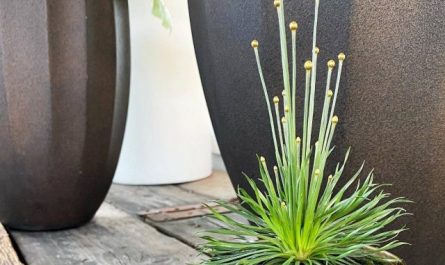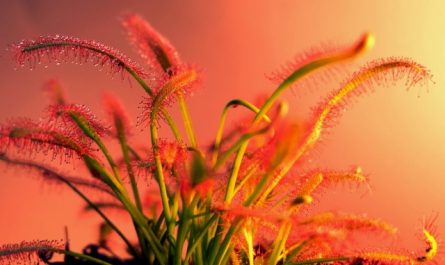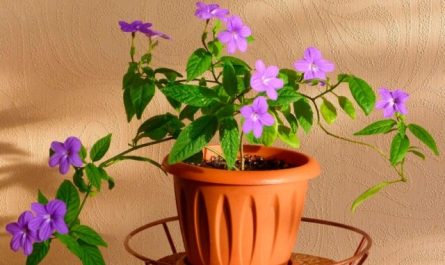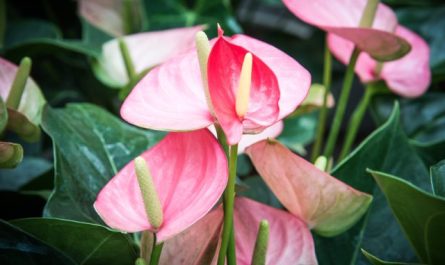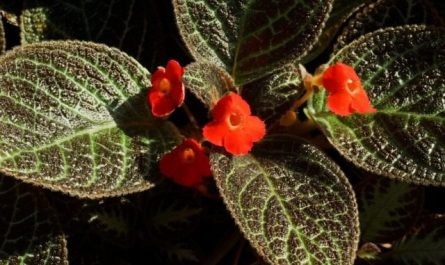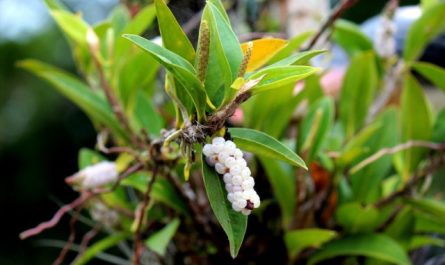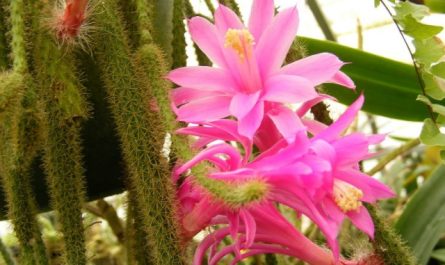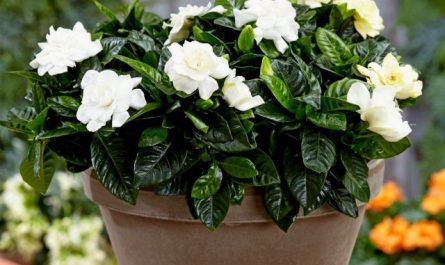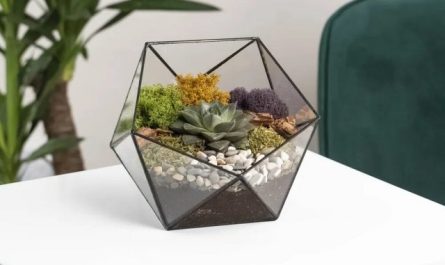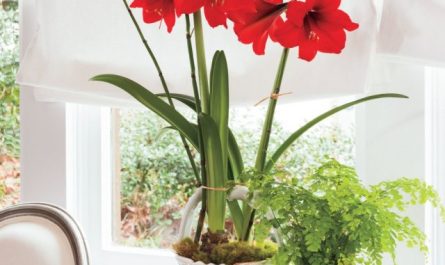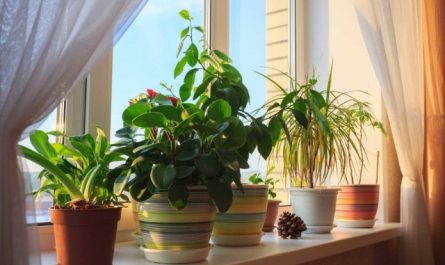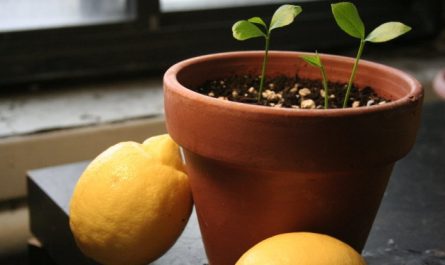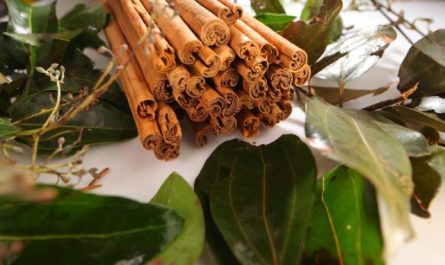Ampelous plants have advantages over regular flowerpots: indoor flower lovers usually do not have enough space on their windowsills to place all their favorites. Ampelous plants are most often placed in hanging baskets, so they practically do not need space in the room. In addition, with this arrangement, the plants are easy to care for and decorate the interior with. Ampelous plants are decorative plants with long hanging, creeping or climbing shoots. Most often, they are kept in hanging and wall vases, baskets and boxes. They are used for landscaping windows and doors, niches and arches.

© flower bee
When filling the window space, you should make sure that the plants do not interfere with the penetration of sunlight. To decorate niches and arches, you can choose plants with a larger green mass. Ampelous plants can also be placed on shelves and stands. They are suitable for decorating balconies, verandas, terraces, and shop windows.
This group of plants got its name from the German word “ampel” – a hanging flower vase. However, Ampel was also the name of a beautiful young man who angered the god Zeus and was turned into a hanging grape vine for this.

© cliff1066™
But the branches of ampelous plants do not necessarily have to hang down. On the contrary, they can be directed upwards. For this purpose, stands, lattices, ladders, sticks, cords, trellises are used. Such plants are used mainly for vertical landscaping and dividing the premises into zones.
Hanging zebrina, duchesnea, tradescantia, sedum, chlorophytum, saxifrage, episcia, begonia, fittonia, zygocactus, pelargonium, hoya, fuchsia, cissus, ivy, sedum, asparagus, and some types of ferns are used as ampelous plants. Nephrolepis tall with long leaves is especially attractive. When placing ampelous plants, remember the specifics of caring for them. An important condition is reliable fastening of the hanging basket to the ceiling or walls. The hanging pot should be light, preferably plastic, and should not touch the wall, otherwise the crown will form unevenly.

© mannewaar
Sedums, ferns, asparagus, chlorophytums, ceropegia, tradescantia and some other plants can be placed outdoors in the summer. To diversify the interior, you can plant not one, but several plants in one pot. The main thing is that they have enough space.

© DogsDogs
It is more convenient to water hanging plants from a watering can with a long spout. If you use a flowerpot for a hanging basket, drain the excess water after watering. Hanging plants need to be sprayed, because the air at the top is drier than on the windowsill. It is advisable to immerse them in water once a week. They are replanted annually in the spring into fresh soil. To ensure that the leaves grow evenly, the plants need to be regularly turned so that they are illuminated from all sides.
Tradescantia — the plant is shade-tolerant, it can be placed on northern windows. It is propagated by easily rooted cuttings. The lower part of the stems of old plants is often exposed, so the tradescantia needs to be rejuvenated from time to time by rooting cuttings. There are many varieties of tradescantia, so choose according to taste.

Saxifrage planted in small hanging baskets. It is afraid of soil acidification. Keep it on a bright, cool window.
Asparagus — the plants are very unpretentious. Their delicate leaves will decorate any window. However, they do fall off, so the leaves should be removed regularly. In summer, asparagus is shaded from direct sunlight.
Chlorophytum is distinguished by beautiful openwork rosettes, similar to green garlands. The bushes grow quickly, young plants take root well. This plant cleans the air very well.
Ivy — is also a very popular houseplant that is easy to propagate. It has very beautiful leathery leaves of an original shape. Varieties with a white border on the leaves are especially attractive.

